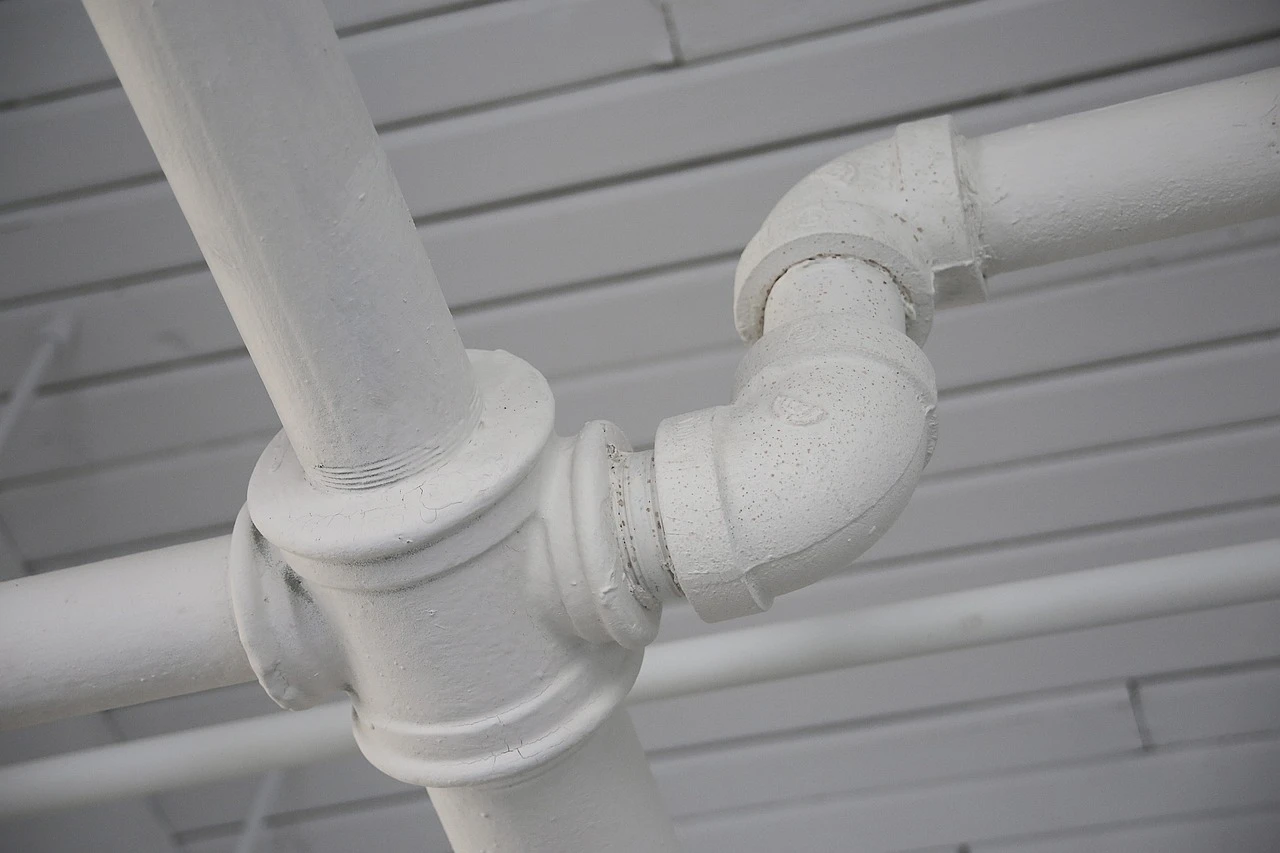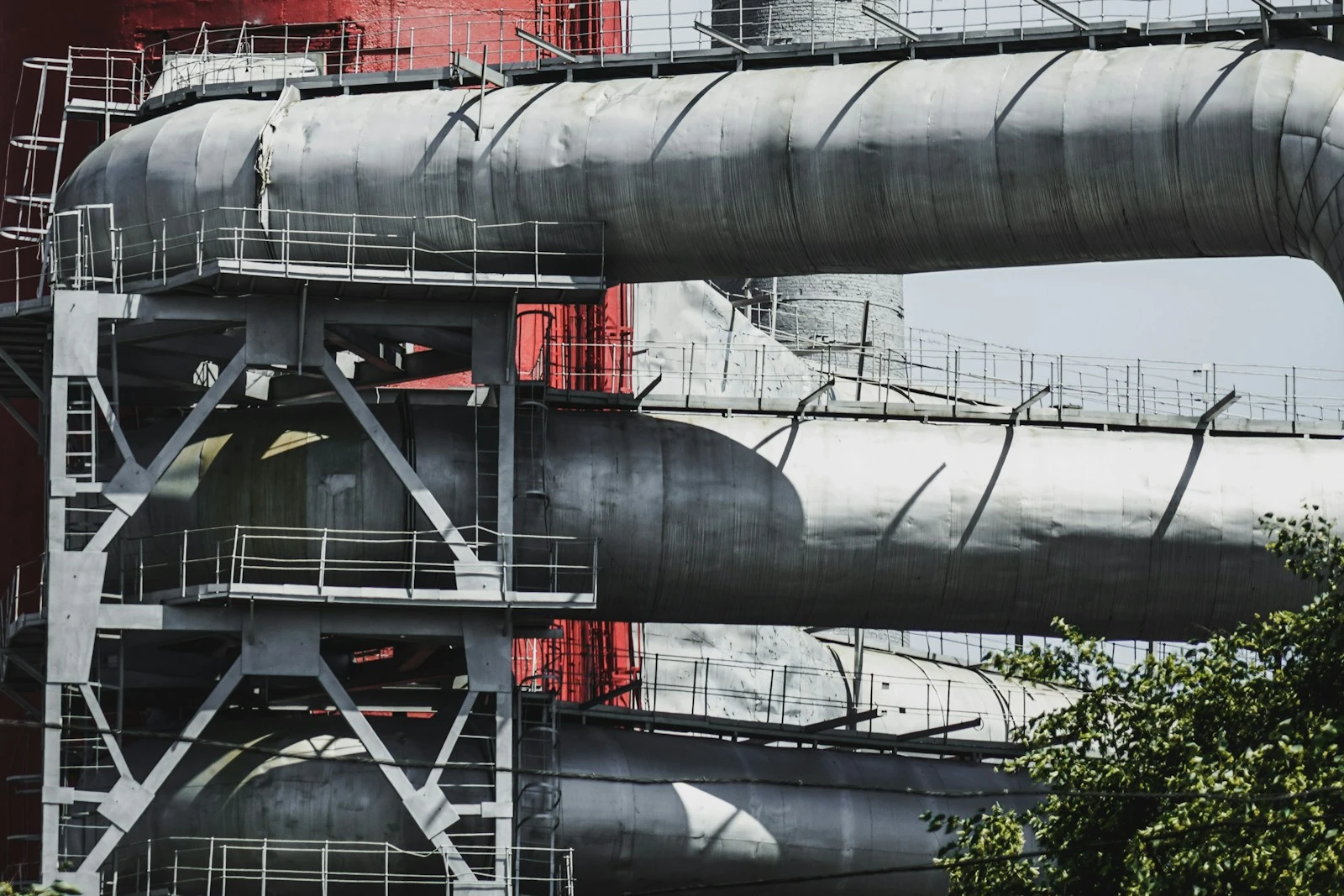Introduce PPR Pipe
The global PPR (Polypropylene Random Copolymer) pipe market has witnessed significant growth in recent years, driven by increasing demand across various sectors, including residential, commercial, and industrial applications. This article delves into the key factors contributing to the growth of the PPR Pipe market from 2019 to 2024, examines the trends shaping the industry, and provides insights into the future outlook.
Understanding PPR Pipe
What Are PPR Pipe?
PPR pipes are made from polypropylene random copolymer, a thermoplastic polymer known for its durability, corrosion resistance, and versatility. They are primarily used in plumbing and piping systems for hot and cold water supply, irrigation, and various industrial applications.
Key Characteristics of PPR Pipe
- Durability: PPR pipes are resistant to impact, temperature variations, and chemical corrosion, leading to a long lifespan.
- Temperature Resistance: They can handle temperatures ranging from -20°C to 95°C, making them suitable for both hot and cold water systems.
- Eco-Friendly: PPR pipes are recyclable and free from toxic substances, contributing to sustainable building practices.
Factors Driving PPR Pipe Market Growth
1. Increasing Demand in Construction and Infrastructure
The construction industry is a primary driver of the PPR pipe market. With urbanization and population growth, the demand for residential and commercial buildings has surged.
- Residential Construction: The rising need for efficient plumbing solutions in new housing developments boosts the demand for PPR pipes.
- Infrastructure Development: Government investments in infrastructure projects, including water supply and sewage systems, further propel market growth.
2. Growing Awareness of Water Conservation
As water scarcity becomes a pressing global issue, there is a growing awareness of the need for efficient water management systems.
- Leak-Free Solutions: PPR pipes offer excellent leak resistance, reducing water wastage and contributing to conservation efforts.
- Energy Efficiency: The thermal insulation properties of PPR pipes help minimize energy consumption in hot water systems.
3. Advantages Over Traditional Materials
PPR pipes provide numerous advantages over traditional piping materials such as PVC and metal pipes.
- Corrosion Resistance: Unlike metal pipes, PPR pipes do not corrode, ensuring clean and safe water delivery.
- Lightweight and Easy to Install: PPR pipes are lighter than their metal counterparts, making them easier to transport and install, thereby reducing labor costs.
4. Expanding Industrial Applications
The versatility of PPR pipes has led to their adoption in various industrial applications.
- Chemical Processing: PPR pipes can handle a wide range of chemicals, making them suitable for transporting fluids in chemical industries.
- Agricultural Uses: They are also used in irrigation systems, providing efficient water delivery in agricultural settings.
PPR Pipe Market Trends and Developments
1. Technological Advancements
The PPR pipe industry is experiencing significant technological advancements, improving production efficiency and product quality.
- Innovative Manufacturing Techniques: The adoption of advanced manufacturing processes has enhanced the durability and performance of PPR pipes.
- Smart Plumbing Solutions: Integration of smart technologies, such as sensors for leak detection, is becoming more common in modern plumbing systems.
2. Sustainable Practices
Sustainability is increasingly becoming a focal point for manufacturers and consumers alike.
- Recyclability: The ability to recycle PPR pipes contributes to reduced environmental impact and aligns with global sustainability goals.
- Eco-Friendly Manufacturing: Many manufacturers are adopting eco-friendly practices in the production process, reducing carbon footprints.
3. Market Consolidation
The PPR pipe market is witnessing consolidation as companies merge or acquire to enhance their market presence and product offerings.
- Strategic Partnerships: Collaborations between manufacturers and distributors are helping companies expand their reach and improve supply chain efficiency.

Regional Analysis of the PPR Pipe Market
1. North America
The North American PPR pipe market is experiencing steady growth due to increased construction activities and a shift towards sustainable plumbing solutions.
- Key Players: Major manufacturers in the region are focusing on product innovation and expanding their distribution networks.
2. Europe
Europe is one of the largest markets for PPR pipes, driven by stringent regulations on water quality and sustainability.
- Focus on Efficiency: European countries are investing in efficient plumbing systems, further boosting the demand for PPR pipes.
3. Asia-Pacific
The Asia-Pacific region is projected to experience the highest growth rate in the PPR pipe market.
- Rapid Urbanization: Countries like China and India are witnessing rapid urbanization and infrastructure development, leading to increased demand for PPR pipes.
- Growing Middle Class: The rising middle class in these countries is driving demand for modern plumbing solutions.
4. Latin America and Middle East & Africa
These regions are also witnessing growth in the PPR pipe market, driven by infrastructure projects and water management initiatives.
- Government Initiatives: Investment in water supply and sewage systems in countries within these regions is contributing to market expansion.
Future PPR Pipe Outlook
Market Projections
The global PPR pipe market is expected to continue its upward trajectory from 2019 to 2024, with a compound annual growth rate (CAGR) of approximately 6% during this period. Key factors influencing this growth include:
- Continued Urbanization: As cities expand, the need for efficient plumbing systems will grow.
- Technological Innovations: Ongoing advancements in PPR pipe manufacturing and smart technologies will drive market growth.
Challenges Ahead
Despite positive growth prospects, the PPR pipe market faces certain challenges:
- Competition from Alternative Materials: PVC and other materials may pose competitive threats, particularly in cost-sensitive markets.
- Fluctuating Raw Material Prices: Changes in the prices of raw materials used for PPR pipe production can impact profit margins for manufacturers.
Conclusion PPR Pipe
The global PPR pipe market has shown robust growth from 2019 to 2024, driven by increasing demand from the construction sector, heightened awareness of water conservation, and the advantages offered by PPR pipes over traditional materials. With ongoing technological advancements and a focus on sustainability, the future outlook for the PPR pipe market remains positive, presenting numerous opportunities for manufacturers and suppliers alike.
FAQs
1. What are the main applications of PPR pipes?
PPR pipes are primarily used in plumbing for hot and cold water supply, irrigation systems, and various industrial applications.
2. How long do PPR pipes last?
PPR pipes can have a lifespan of over 50 years when installed and maintained properly.
3. Are PPR pipes eco-friendly?
Yes, PPR pipes are recyclable and made from non-toxic materials, making them an environmentally friendly choice.
4. What is the temperature range that PPR pipes can handle?
PPR pipes can handle temperatures from -20°C to 95°C, suitable for both hot and cold water systems.
5. Why are PPR pipes preferred over metal pipes?
PPR pipes are lighter, corrosion-resistant, and provide better thermal insulation compared to metal pipes, making them a more efficient choice for plumbing systems.


















